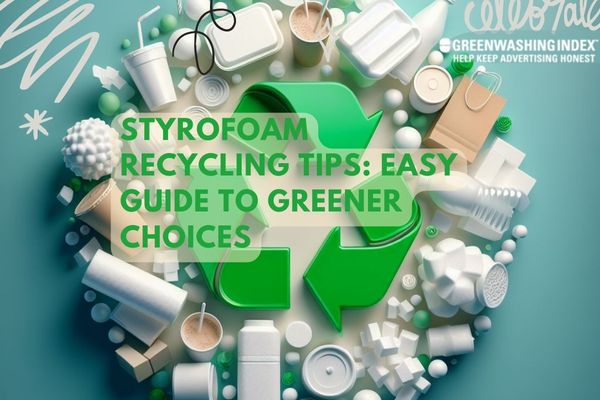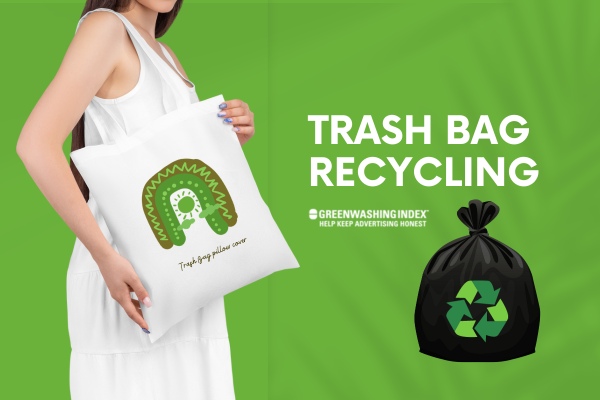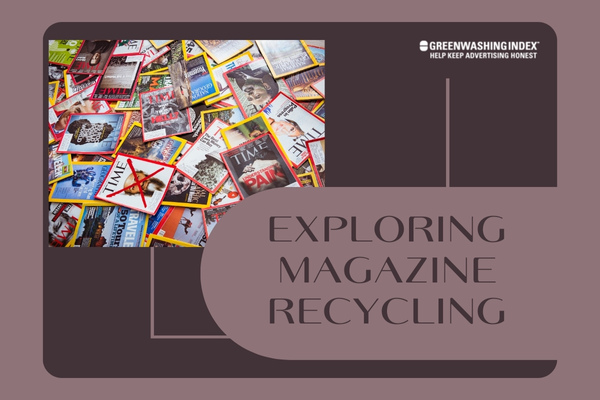Hey there! If you’re looking to make your mark on the planet by learning how to recycle Styrofoam, you’ve found the perfect spot. As your go-to sustainability friend, I’ll walk you through why recycling this fluffy stuff is so important and how it’s not as hard as it seems.
From spotting which pieces can start their recycling journey, to finding a new life for them, we’re going to explore all the nooks and crannies of Styrofoam recycling. And because we care about Mother Earth just as much as you do, I’ll even throw in some smart alternatives and innovative solutions that keep us away from using and tossing Styrofoam in the first place. Let’s dive in together!
Understanding Styrofoam Recycling
Recycling Styrofoam can seem like a puzzle. But why is it important, and what are the bumps in the road? Let’s break it down into simpler bits. What exactly is this material we see almost every day, and why should we bother recycling it? And once we decide to recycle it, what hurdles do we need to jump over to make sure it’s done right?
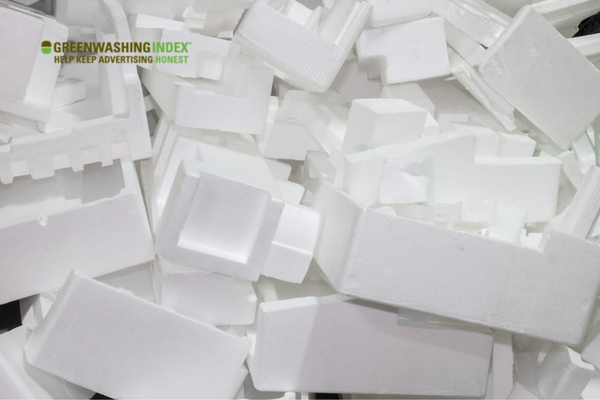
What is Styrofoam and Why Recycle It?
Styrofoam, often seen in coffee cups, take-out food containers, and packing peanuts, is actually a brand name for expanded polystyrene (EPS) foam. Despite its common use in everyday items, EPS poses significant environmental issues when not disposed of properly.
- Lightweight & Durable: These qualities make Styrofoam popular for various uses but also mean it doesn’t break down easily.
- Non-biodegradable: In landfills, Styrofoam won’t decompose quickly – staying around for hundreds of years.
- Hazardous Chemicals: Its production releases hydrofluorocarbons (HFCs), contributing to climate change.
Environmental Benefits of Recycling:
- Reduces Waste: Properly recycling Styrofoam keeps vast amounts out of landfills each year.
- Conserves Resources: Making new products from recycled EPS uses less energy and raw materials.
- Prevents Pollution: Fewer harmful substances are released into the air and water when recycling instead of creating new EPS.
Recycling this material paves the way toward a more sustainable future by addressing these concerns head-on—ensuring that fewer resources go to waste while cutting back on pollution.
The Challenges of Styrofoam Recycling
Despite the benefits, recycling this material comes with its own set of obstacles:
- Contamination: Food residue often contaminates food-related foam products making them harder to recycle.
- Collection & Separation Difficulty: Many curbside programs don’t accept EPS due to difficulties in separating clean foam from other wastes.
- Limited Market Demand: There’s not always a strong market for recycled styrene polymer which can limit how much gets recycled even when collected properly.
For those aiming at an eco-friendly lifestyle or simply looking to reduce their carbon footprint, overcoming these challenges is key. Yet understanding these hurdles provides insight into why every little step towards proper disposal makes a big difference in our environment’s health.
Also Read: DIY Composting Toilet Guide: Build Cheap, Eco-Friendly Now!
Preparing for Styrofoam Recycling
Getting started with Styrofoam recycling can seem hard at first. But, once you know how to get your Styrofoam ready, it’s pretty easy! First, we will learn how to tell apart the kinds of Styrofoam you can recycle from those you cannot. Then, we’ll go over the best ways to clean and get your Styrofoam ready so that it can be happily recycled.
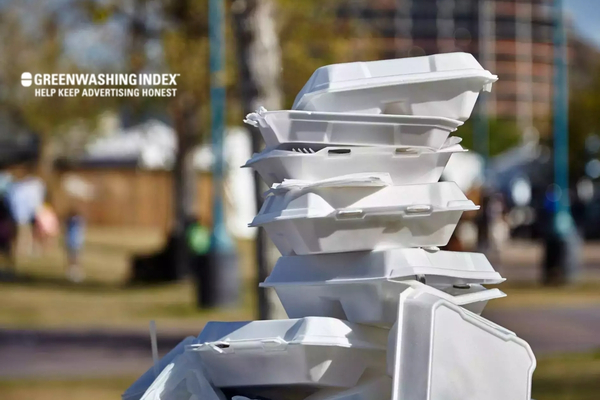
Identifying Recyclable Styrofoam
Not all Styrofoam is made equal when it comes to recycling. Here’s how you can figure out which is which:
- Check for the Recycling Symbol: Look for the triangle with a number inside on your styrofoam item. Items marked with a “6” fall under polystyrene, which is another name for recyclable styrofoam.
- Color Matters: White styrofoam is often recyclable; colored or food containers usually are not due to added dyes and treatments.
- Shape and Use: Packaging foam—those blocks that keep your electronics safe—are typically good to recycle. However, foam cups, plates, or “peanuts” used in packaging may not be accepted.
- Ask Your Local Facility: Since not every place has the same rules, it always helps to reach out to your local recycling center.
Remember these tips when sorting through your items – they will make sure only proper styrafaom makes its way into the recycling bin.
Cleaning and Preparing Styrofoam for Recycling
After identifying which styrofoam can be recycled, here’s how you should clean and prepare them:
- Remove Stickers and Labels: Carefully peel off any stickers or labels as these are contaminants in the recycling process.
- Rinse if Necessary: If there’s any residue (like food or glue) on your foam container or packaging material remove by gently rinsing under water.
- Dry Completely: Before putting it into your recycle bin ensure that each piece of styrofoam is entirely dry as moisture may lead to further contaminations.
- Break Down Large Pieces: For larger pieces of packing foam cut them down into smaller pieces; this makes storage and transportation easier but check with the local center first – some might prefer receiving intact pieces.
By following these steps closely, we help make sure our effort towards sustainable farming truly counts towards bettering our environment!
Also Read: Paper Bags Recycle: A Must-Know Sustainability Guide
How to Recycle Styrofoam?
If you’re eager to give your Styrofoam items a second life instead of tossing them in the trash, you’re in the right place. Finding the right way to dispose of Styrofoam can feel like a puzzle, but it’s simpler than it seems.
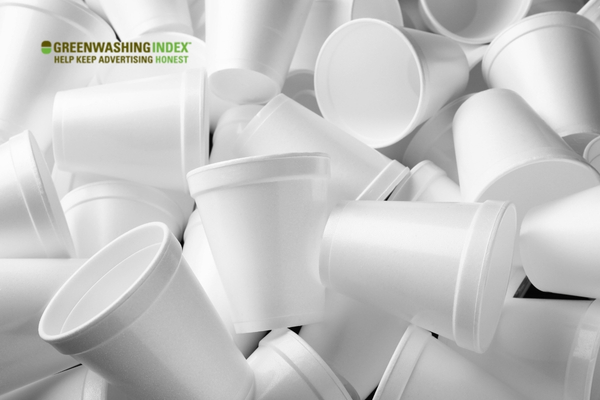
Whether you’ve got packing peanuts from your recent online shopping spree or containers piling up, knowing where to take them is half the battle. We’re about to dive into where you can take your Styrofoam for recycling and even how to send it back if no local options exist.
Drop-off Sites for Styrofoam Recycling
Looking for a place to take your Styrofoam? Here’s how you can find drop-off sites ready and waiting for your recyclables:
- Start with an Online Search: A quick internet search with terms like “Styrofoam recycling near me” or “Styrofoam drop-off locations” will often reveal local recycling centers or community drop-off points that accept Styrofoam.
- Check with Local Government Websites: Many city or county waste management websites have directories of recycling facilities that include details on what materials they accept. This is a reliable way to find accurate and up-to-date information about Styrofoam recycling in your area.
- Use Recycling Directories: Websites like Earth911 offer extensive databases where you can search for recycling options based on material type and location. Simply enter “Styrofoam” along with your zip code, and explore what’s available.
- Reach Out to Shipping Stores: Some shipping stores accept clean, gently-used packing materials (including foam peanuts) for reuse. Call ahead to see if they’ll take other types of Styrofoam as well.
Before You Go:
- Make sure the Styrofoam is clean; remove any tape, labels, or food residue.
- Segment according to types if needed; some places might only accept certain forms (like blocks but not peanuts).
- Call ahead; confirm that they’re currently accepting items and check their hours of operation.
By doing just a bit of research, you can easily find a suitable spot close by where your old packaging could help cushion someone else’s treasures instead of contributing to landfills.
Mail-back Programs for Hard-to-Recycle Materials
Not finding any local spots taking back old foam cups and containers? Mail-back programs might be your answer! These are fantastic options when local facilities aren’t equipped for specific recyclables like Styrofoam.
Here’s how they work:
- Find a Program: Organizations such as TerraCycle offer mail-back solutions specifically designed for hard-to-recycle materials, including certain types of foam. Visit their website to purchase their mail-back boxes directly.
- Prepare Your Items: Just as with drop-off sites, ensure all pieces are clean and free from debris (stickers/labels washed off). Depending on the mail-back service provider’s guidelines, further sorting might also be suggested.
- Pack It Up: Securely pack all eligible styrene products into one box; minimizing excess space without compacting too tightly ensures safe transport and reduces shipping fees if based on box size rather than weight.
- Send It Off: Ship the box back via postal service as indicated by program instructions—often prepaid mailing labels are provided once partaking in their service offerings online after registering or purchasing required boxes/kits from them directly.
While there might be costs associated with these mail-in options due primarily because shipping anything has its price tags involved—it extends styrene products’ life beyond landfill eternity by turning them into new useful items again through advanced material recovery processes not always available locally everywhere yet!
Taking advantage of these innovative solutions contributes significantly towards reducing plastic waste’s environmental impact even when done from afar—expanding possible action against pollution further than ever before possible directly at one’s doorstep convenience-wise until more widespread ground-based facilities catch up world-over eventually hopefully surely enough soon enough!
Also Read: Recyclability of Milk Cartons: Is It Possible or Not?
Innovations in Styrofoam Recycling
Are you curious about the latest ways people are making old Styrofoam into something new and useful? We’re seeing some cool stuff happening, and it’s exciting to see how this can change things for our planet. Let’s look at how smart folks out there are turning our Styrofoam trash into treasure. You’ll be amazed at the new technology that’s giving waste a second life!
New Technologies in Turning Waste into Resources
In the world of recycling, Styrofoam has always been a bit of a tough cookie. But fear not! There are now some game-changing methods that promise to make recycling this material easier and much more effective:
- Chemical Recycling: This method breaks down Styrofoam at the molecular level, changing it back into its original building blocks. These can then be used to make brand-new Styrofoam products without losing any quality or creating waste.
- Pyrolysis: Imagine if we could just zap our old Styrofoam and turn it into useful fuel. Well, with pyrolysis, that’s almost what happens! This process heats up Styrofoam without using oxygen, turning it into a clean fuel that can power factories or vehicles.
- Mechanical Compression: Some smart folks found out that if you crush and heat Styrofoam but don’t melt it, you can turn it into hard plastic. This plastic is super strong and can be used to make things like picture frames or even wood substitutes.
Each of these technologies offers a fresh path forward for Styrofoam recycling, transforming what used to be considered trash into valuable resources for creating new products. It’s not just about getting rid of waste anymore; it’s about reimagining what we do with what we’ve already used.
Alternatives to Using & Discarding Styrofoam
If you’re eager to turn a new leaf towards a more eco-friendly lifestyle, replacing and minimizing your use of Styrofoam is a great start. Not only can this help reduce harmful waste, but it also pushes us towards sustainable living habits. Ready to make a change? Let’s explore some practical and easy-to-adopt alternatives that can seamlessly fit into your daily life, steering clear of Styrofoam for good.
Sustainable Alternatives to Styrofoam
Switching out Styrofoam doesn’t have to be hard. Here are several easy swaps you can make:
- Paper Products: For parties or picnics, choose paper plates and cups instead of their Styrofoam counterparts. Paper is far easier to recycle and is also biodegradable.
- Compostable Dishware: There’s been a rise in dishware made from plant-based materials like corn starch or sugarcane. These products break down over time without harming the environment.
- Glass Containers: Switching to glass containers for food storage is a fantastic move. Not only are they reusable endlessly, but they also keep food fresh longer without leaking chemicals like some plastics do.
- Reusable Shopping Bags: Say goodbye to those pesky Styrofoam packing peanuts by carrying your own shopping bags or requesting stores pack your items in paper.
By making these switches, you’re not just helping the planet; you’re also stepping into a community focused on positive change for our environment. Each small step counts towards a larger impact, showing that sustainability isn’t just about big gestures; it’s about everyday actions too.
Conclusion
We talked about how to recycle Styrofoam, from cleaning it to finding places that take it. We also looked at new ways to recycle Styrofoam and other ideas instead of using Styrofoam. Remember, small steps can make a big difference in keeping our planet clean and green.
If you’re eager to learn more ways to help the environment, stay tuned for more tips and tricks on our site. Discover smart, eco-friendly practices for daily life in our engaging blog posts.

